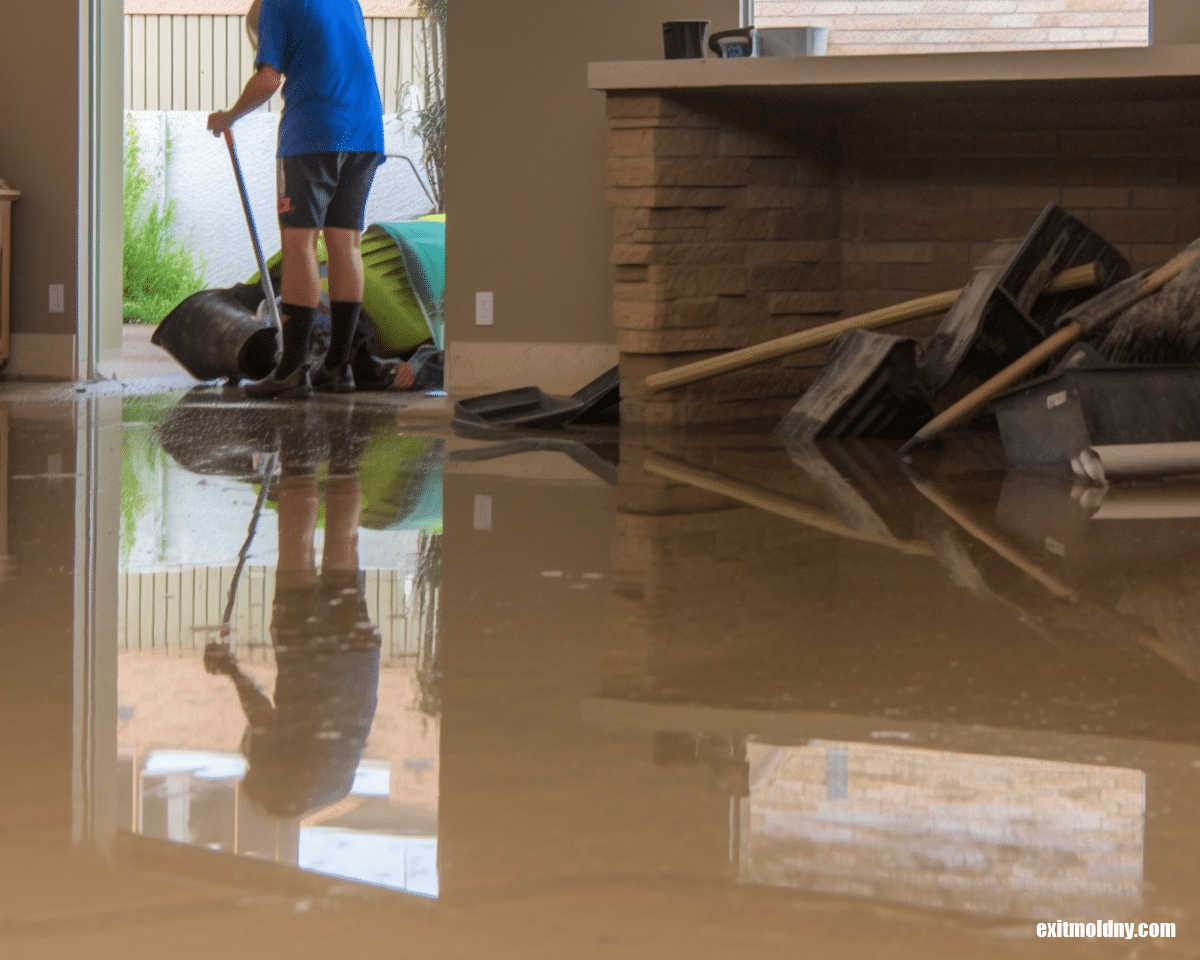Comprehensive Overview on Effective Lead Infraction Removal Methods
In the world of ecological security, dealing with lead infractions requires a meticulous and organized technique. This comprehensive overview starts by highlighting the essential first actions of identifying lead threats through innovative analysis and screening approaches. The guide clarifies on the value of sticking to strict safety and security protocols throughout the removal process, consisting of the use of proper PPE and isolating impacted locations.
Determining Lead Risks
Determining lead hazards is an essential first action in alleviating the risks associated with lead exposure. Lead, a poisonous steel, can be present in different environmental mediums, including paint, soil, water, and dust.
The initial stage in recognizing lead risks includes understanding typical lead resources within the built atmosphere. Frameworks developed before 1978 are especially prone because of the prevalent use lead-based paint during that duration. Additionally, dirt contamination can happen from weakening exterior paint, commercial discharges, or historic usage of leaded gas.
One more considerable resource is lead piping and pipes components, which can leach introduce alcohol consumption water. Durable goods such as toys, porcelains, and imported items might additionally include hazardous lead degrees. Notably, work environments and pastimes involving lead can track contaminants right into homes.
Evaluation and Screening
When addressing lead risks, reliable evaluation and screening are vital. Initial evaluation generally includes an aesthetic examination to recognize prospective lead sources, such as deteriorating paint or contaminated dust.

Dust wipe tasting is an additional important strategy, specifically in residential settings. By gathering samples from floors, windowsills, and other surfaces, this method provides understandings right into potential direct exposure threats. Additionally, dirt screening around structure perimeters is important to identify lead contamination that could present threats, specifically to youngsters.
Safe Removal Treatments
Upon finishing detailed assessment and testing, carrying out risk-free elimination procedures is the following important phase in attending to lead dangers. This procedure makes sure that lead-contaminated products are effectively and securely removed, lessening danger to both employees and citizens. The initial step includes separating the afflicted area utilizing plastic bed linen and correct securing methods to avoid the spread of lead dirt.
Employees should wear suitable individual safety equipment (PPE), including respirators, handwear covers, and disposable coveralls, to minimize direct exposure. Employing specialized tools and damp methods, such as wet sanding or utilizing HEPA-filtered vacuum cleaners, reduces the dispersion of lead particles. It is important to stay clear of completely dry sanding or unpleasant blasting, as these techniques visit the website can create dangerous lead dirt.
Waste disposal is another important part; all contaminated products have to be safely gotten and labeled according to EPA and regional regulations. In addition, thorough cleaning of the job location with HEPA vacuums and damp wiping ensures the removal of residual lead bits.
Post-Removal Verification

Verification of successful lead useful site elimination, understood as post-removal confirmation, is critical to make sure the safety and habitability of the remediated location. This process entails a collection of meticulous evaluations and examinations created to spot any recurring lead fragments that might pose health dangers. The first step normally includes a visual inspection to examine the completion and top quality anchor of the removal job. This inspection makes certain that all known resources of lead have been dealt with which no noticeable indicators of contamination stay.
Adhering to the visual evaluation, environmental sampling is carried out. This involves gathering dust, soil, and occasionally water samples from the remediated location. Approved laboratories evaluate these examples to gauge lead degrees, ensuring they fall listed below the security limits established by regulatory bodies such as the Epa (EPA)
Furthermore, air top quality screening may be done to spot airborne lead particles, especially in cases where comprehensive lead-based paint removal or remodelling has taken place. The outcomes of these examinations offer measurable data validating that the lead degrees are within permitted restrictions.
Ultimately, post-removal verification functions as an important checkpoint, verifying the efficiency of the lead reduction efforts and safeguarding the wellness of owners and visitors.
Safety Nets and Upkeep

A key preventative step consists of using lead-safe certified specialists for any kind of restoration, repair service, or painting activities. These experts are learnt techniques that minimize lead dust and debris. Furthermore, keeping painted surface areas to prevent breaking or peeling is vital, as wearing away paint can launch lead particles into the atmosphere.
Educational efforts targeting residential property owners and lessees relating to the dangers of lead and the value of reporting any prospective dangers can additionally boost preventative efforts. Regular cleansing utilizing HEPA vacuums and damp mopping techniques can significantly decrease lead dirt build-up.
Final Thought
In summary, effective lead offense elimination requires a precise approach including thorough evaluation, specific testing, and rigorous removal treatments. Guaranteeing safety and security with correct seclusion and individual protective devices remains extremely important. Post-removal verification using ecological sampling and air high quality screening validates conformity with well established security requirements. Continuous examinations and upkeep are vital to reduce future lead dangers, therefore guarding public health and wellness and guaranteeing sustained compliance with regulative needs.